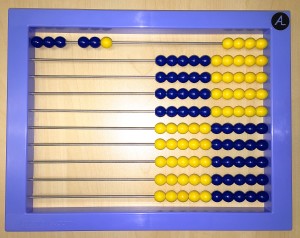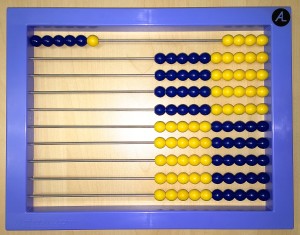I am a quilt designer. I’ve made about 200 quilts in my lifetime, 98% of my own design. I’m currently working on my fourth quilt from someone else’s pattern.
I have the directions in front of me as I’m approaching on the final steps of Bonnie Hunter’s Allietare quilt design.
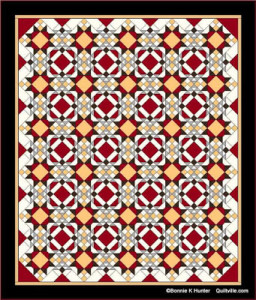
I find myself struggling to understand how all the pieces go together. I can briefly see it, then it vanishes. I look again and understanding shimmers, then vanishes again. I read the instruction once more, but how it all works together still eludes me.
In order to understand, I draw.
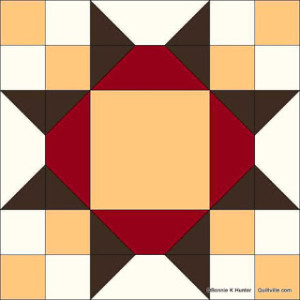
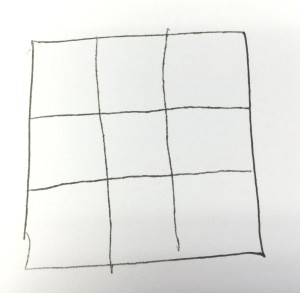
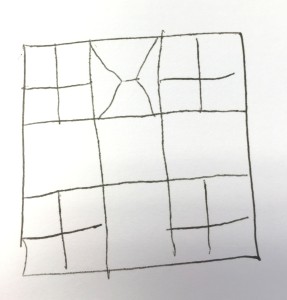
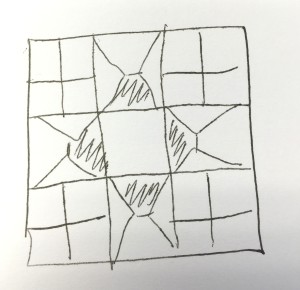
I draw out what I have right in front of me.
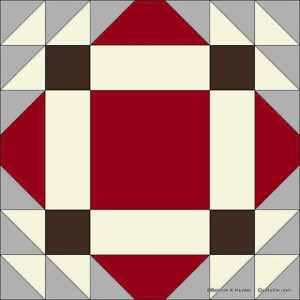
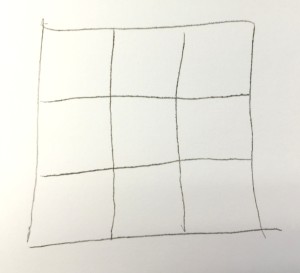
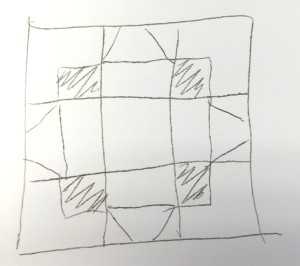
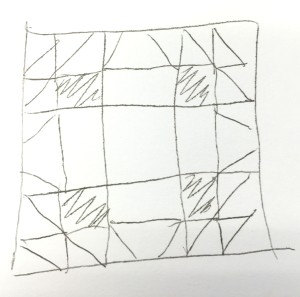
This drawing, this reassembling of the pieces, allows me to understand. Now I can see how the pieces go together. Now I can proceed!
Why do I share this with you? As I was struggling with the design, I thought of children struggling to grasp math. If they only have a printed page in front of them with the directions, that does not ensure understanding. I don’t care how great the instructions are or how colorful they are, it’s just not going to happen. They need to touch it. Play with it. Explore it. Manipulate it. Which is exactly what the AL Abacus does.
If show a child these symbols, 3 + 3 = 6, which are abstract symbols representing specific quantities, it can be memorized.
But if I allow a child to SEE the actual quantities, 3 and 3 more,
and the COMBINING of the quantities, now showing 6,
it becomes more real. Easier to understand. Easier to remember.
That, my friends, is the power of a good manipulative. The AL Abacus is a visual and tactile tool that helps children develop mental images of quantities, strategies, and mathematical operations.
Stan, age 5, was asked what 11 plus 6 is. When asked how he knew the answer, he responded, “I have the abacus in my mind.”
